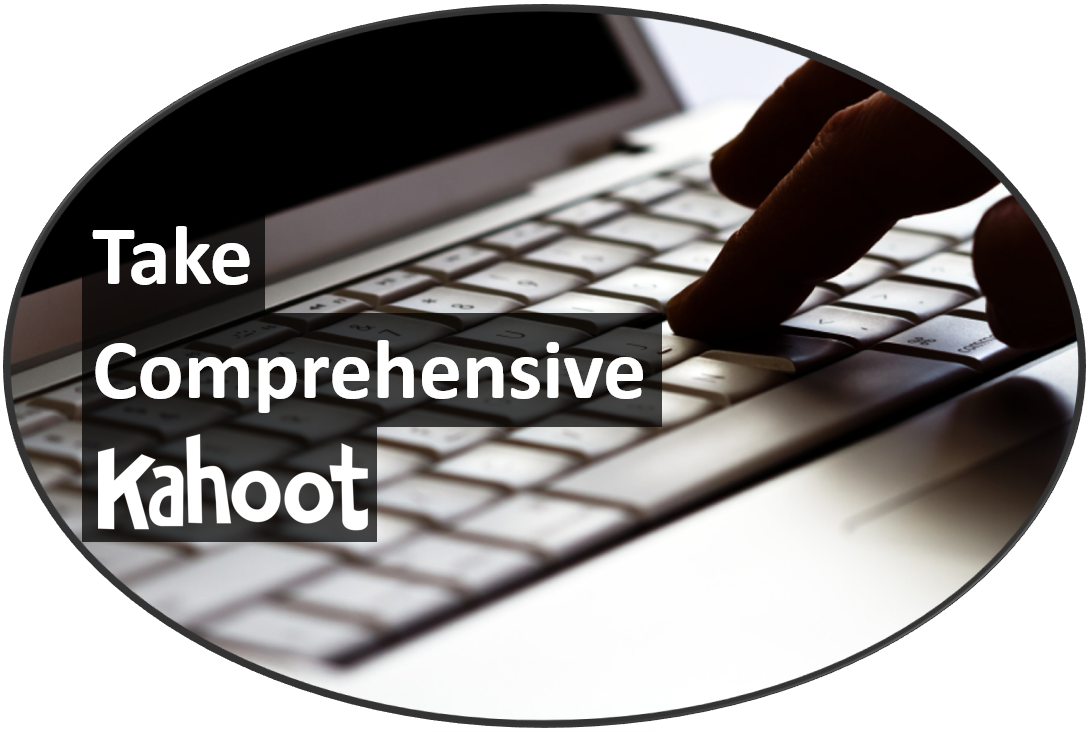Tutorial
Writing Professional Emails and Cover Letters
|
Emails are the most common type of document written by professional scientists and engineers. As Film 1 shows, although many emails are informal messages among coworkers, others are formal communications to managers and clients. For science and engineering students, one such formal occasion would be an email (or cover letter) to obtain a summer internship. This page presents a 1-hour tutorial on writing formal emails and cover letters as a professional.
|
Film 1. Overview of emails and cover letters. |
Analyzing Audience, Purpose, and Occasion
Before you begin writing a professional email, you should analyze the constraints of audience, purpose, and occasion. As Film 2 discusses, when writing emails about a project, you often encounter different audiences who have decidedly different levels of familiarity with the project [1]. In addition, as Film 3 shows, the level of persuasion for the audience expected varies much among emails. Moreover, how an audience reads is important to consider (see Film 4). Provided here is a professional format for both an email and cover letter.
Before you begin writing a professional email, you should analyze the constraints of audience, purpose, and occasion. As Film 2 discusses, when writing emails about a project, you often encounter different audiences who have decidedly different levels of familiarity with the project [1]. In addition, as Film 3 shows, the level of persuasion for the audience expected varies much among emails. Moreover, how an audience reads is important to consider (see Film 4). Provided here is a professional format for both an email and cover letter.
|
Film 2. Analyzing what the audience knows. Film 4. Analyzing how the audience will read. |
Film 3. Analyzing the audience's purpose for reading. |
|
Organizing the Email
In a professional email, the style refers to the way that you communicate the content to the audience [1]. Professional emails have two important perspectives on style: organization and language. Presented in films 5-8 are the aspects of organization that most distinguish professional emails and cover letters. |
|
Film 5. Subject Line. Film 7. Middle Paragraphs. |
Film 6. Beginning Paragraph. Film 8. Ending Paragraph. |
|
Language of Emails
Language concerns the way that you write at the sentence level. Two important aspects are how precise and clear your sentences are. Films 10 and 11 discuss that issue. Because audiences expect emails to be short, another important aspect of language is being concise, which Film 12 discusses. |
|
Film 9. Language: Being Precise and Clear in Professional Emails Film 11. Controlling tone. |
Film 10. Language: Being Concise Film 12. Connecting Ideas in Paragraphs. |
|
Acknowledgments
This tutorial and microcredentialing badge are made possible by funds provided by the Leonhard Center for the Enhancement of Engineering Education in the College of Engineering at Penn State. Providing technical assistance on the films is the Office of Digital Learning, which is also in the College of Engineering at Penn State. Providing specific guidance and support for the guide and badge have been the following individuals: Stephanie Cutler, Casey Fenton, Andrea Gregg, Richelle Weiger, and Elaine Whitmer. Michael Alley, the author of The Craft of Scientific Writing [4], has overseen the creation of content for the tutorial and badge, and listed below are engineering students who have assisted in that creation. |
|
Conducting Interviews
Justin Bardy Dean Ellis Jake Grant Alexander How Belinda Mativenga Kaitlyn Pigeon Alison Wanamaker Developing Website Marissa Beighley Alexus Eicher Editing Films Mary Duncan Carrie McCartney Roman Pero Caroline Sinz Sophia Zitkus |
Mechanical Engineering, 2021 Aerospace Engineering, 2021 Mechanical Engineering, 2020 Mechanical Engineering, 2022 Chemical Engineering, 2022 Industrial Engineering, 2021 Industrial Engineering, 2021 Computer Science, 2022 Computer Science, 2020 Mechanical Engineering, 2021 Mechanical Engineering, 2020 Chemical Engineering, 2020 Mechanical Engineering, 2020 Mechanical Engineering, 2020 |
Penn State Penn State Penn State Penn State Penn State Penn State Penn State Penn State Penn State Virginia Tech Penn State Penn State Penn State Penn State |
References
- Michael Alley, The Craft of Scientific Writing, 4th ed. (New York: Springer, 2018).
- "Report Templates," Writing as an Engineer or Scientist, ed. by Michael Alley (University Park, PA: College of Engineering, 1996).
- "Sample Report Format," Writing as an Engineer or Scientist, ed. by Michael Alley (University Park, PA: College of Engineering, 1996).

